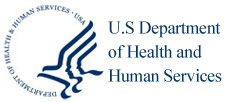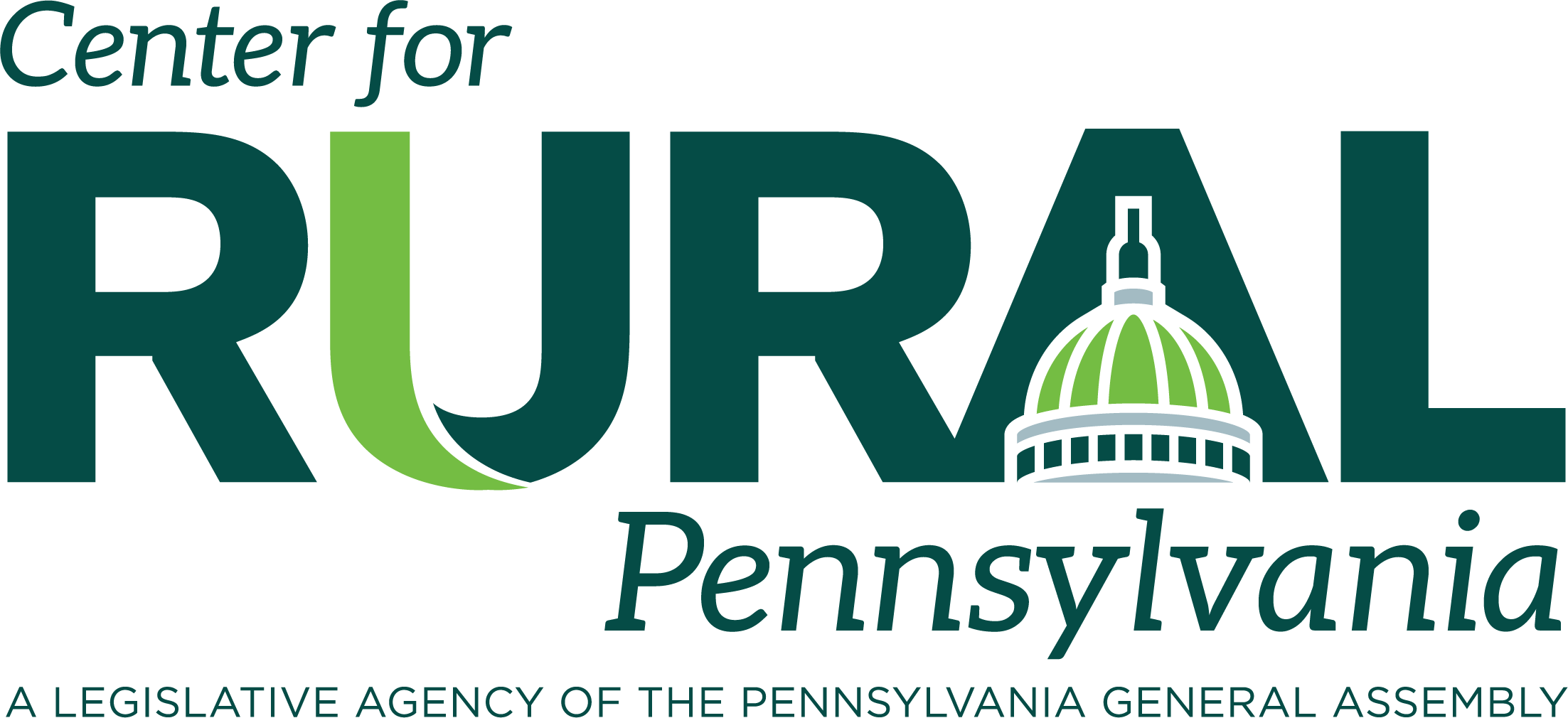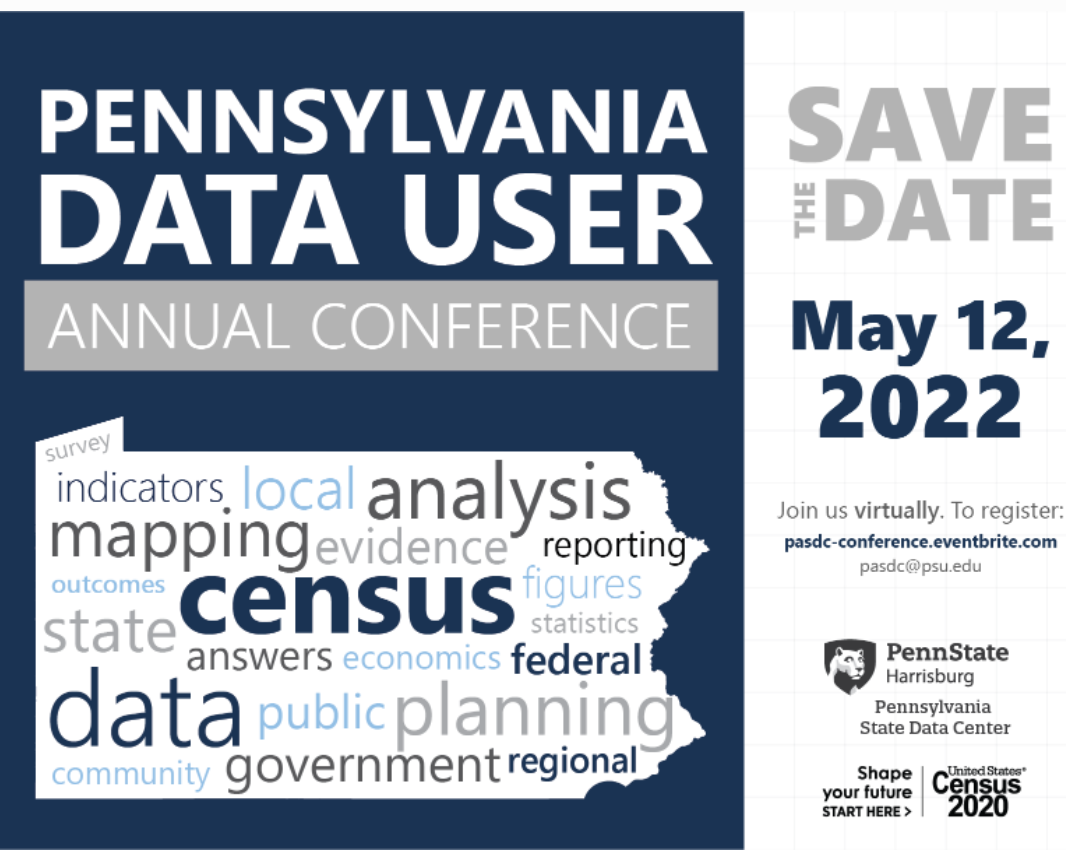- Submit Nominations for Partnership for Quality Measurement (PQM) Committees
- Unleashing Prosperity Through Deregulation of the Medicare Program (Executive Order 14192) - Request for Information
- Dr. Mehmet Oz Shares Vision for CMS
- CMS Refocuses on its Core Mission and Preserving the State-Federal Medicaid Partnership
- Social Factors Help Explain Worse Cardiovascular Health among Adults in Rural Vs. Urban Communities
- Reducing Barriers to Participation in Population-Based Total Cost of Care (PB-TCOC) Models and Supporting Primary and Specialty Care Transformation: Request for Input
- Secretary Kennedy Renews Public Health Emergency Declaration to Address National Opioid Crisis
- Secretary Kennedy Renews Public Health Emergency Declaration to Address National Opioid Crisis
- 2025 Marketplace Integrity and Affordability Proposed Rule
- Rural America Faces Growing Shortage of Eye Surgeons
- NRHA Continues Partnership to Advance Rural Oral Health
- Comments Requested on Mobile Crisis Team Services: An Implementation Toolkit Draft
- Q&A: What Are the Challenges and Opportunities of Small-Town Philanthropy?
- HRSA Administrator Carole Johnson, Joined by Co-Chair of the Congressional Black Maternal Health Caucus Congresswoman Lauren Underwood, Announces New Funding, Policy Action, and Report to Mark Landmark Year of HRSA's Enhancing Maternal Health Initiative
- Biden-Harris Administration Announces $60 Million Investment for Adding Early Morning, Night, and Weekend Hours at Community Health Centers
HHS to Provide $110 Million to Strengthen Safety Net for Seniors and People with Disabilities

Funding opens door for more than 20 states/territories to participate in Medicaid’s Money Follows the Person program, which has contributed billions to help seniors and people with disabilities safely transition from institutional care to independence in their homes and communities
The Centers for Medicare & Medicaid Services (CMS) announced it will offer more than $110 million to expand access to home and community-based services (HCBS) through Medicaid’s Money Follows the Person (MFP) program. First authorized in 2005, MFP has provided states with $4.06 billion to support people who choose to transition out of institutions and back into their homes and communities. The new Notice of Funding Opportunity (NOFO) makes individual awards of up to $5 million available for more than 20 states and territories not currently participating in MFP. These funds will support initial planning and implementation to get the state/territory programs off the ground, which would ensure more people with Medicaid can receive high-quality, cost-effective, person-centered services in a setting they choose.
“Everyone deserves the opportunity to live at home, in their communities, and with their loved ones,” said Health & Human Services (HHS) Secretary Xavier Becerra. “This funding will bring dignity and peace of mind to even more seniors and people with disabilities across the country. We will continue expanding these programs to ensure all Americans have equitable access to the high-quality health care they deserve—no matter where they live.”
“Our health care system works best when it meets us where we are and helps us get to where we want to be,” said CMS Administrator Chiquita Brooks-LaSure. “With this new funding opportunity, we’re expanding a program with a proven track record of helping seniors and people with disabilities transition safely from institutional care to their own homes and communities. Letting ‘money follow the person’ is key to those successes, and to the Biden-Harris Administration’s commitment to affordable, accessible, person-centered care.”
HCBS is a critical component of the Medicaid program and the Biden-Harris Administration’s commitment to help older adults and individuals with disabilities live safely and independently in their homes and communities. The MFP program has been a critical tool, now with the potential to do more in a broader array of states and territories thanks to this latest NOFO.
To help additional states and territories implement MFP, these awards will support the early planning phase to get an MFP program off the ground. This includes:
- Establishing partnerships with community stakeholders, including those representing diverse and underserved populations, Tribal entities and governments, key state and local agencies (such as state and local public housing authorities), and community-based organizations;
- Conducting system assessments to better understand how HCBS support local residents;
- Developing programs for the types of community transitions MFP supports;
- Establishing or enhancing Medicaid HCBS quality improvement programs;
- Recruiting HCBS providers as well as expert providers for transition coordination and technical assistance; and
- Conducting a range of planning activities deemed necessary by the award recipients and approved by CMS.
State Medicaid agencies not currently participating in the MFP demonstration may apply through the NOFO no later than May 31, 2022. To access the NOFO, visit Grants.gov or here https://www.grants.gov/web/grants/view-opportunity.html?oppId=334196
For states already participating in MFP, CMS also announced that the agency is increasing the reimbursement rate for MFP “supplemental services.” These services will now be 100% federally funded with no state share. Further, CMS is expanding the definition of supplemental services to include additional services that can support an individual’s transition from an institution to the community, including short-term housing and food assistance. These changes will help further address critical barriers to community living for eligible individuals, as well as increase community transition rates and the effectiveness of the MFP demonstration overall. For more information on current and previous grantees, visit Medicaid.gov. CMS will provide additional information on these changes to MFP grantees.
HRSA Recognizes Key Anniversaries and Works to Increase Health Care Access
In March, HRSA announced the winners of the Promoting Pediatric Primary Prevention Challenge, $66.5 million to support community-based vaccine outreach efforts, more than $560 million in pandemic relief payments to health care providers, funding to increase virtual care quality and access, and new funding to support primary care residency programs.
In March, the Health Resources and Services Administration, the division of the U.S. Department of Health and Human Services devoted to improving health outcomes in underserved communities, promoting health equity, and supporting the health workforce, took the following actions:
Statement of HRSA Administrator Carole Johnson on President Biden’s National Mental Health Strategy
HRSA is working to implement President Biden’s national mental health strategy by taking action to dramatically expand the supply, diversity, and cultural competence of the mental health and substance use disorder workforce. As part of this strategy, HRSA Administrator Carole Johnson visited Nationwide Children’s Hospital in Columbus, Ohio to discuss the importance of mental health services, alongside Second Gentleman Doug Emhoff and HHS Assistant Secretary for Health Admiral Rachel Levine.
New HHS Study in JAMA Pediatrics Shows Significant Increases in Children Diagnosed with Mental Health Conditions from 2016 to 2020
A new HHS study, conducted by HRSA, finds significant increases in the number of children diagnosed with mental health conditions. The findings highlight the critical importance of HRSA’s work to support children’s mental health and well-being through expanding access to mental health services and growing the mental health workforce.
Fact Sheet: American Rescue Plan One Year Anniversary
HRSA marked the first anniversary of the American Rescue Plan by highlighting American Rescue Plan-funded efforts to support COVID-19 vaccination, testing, treatment, and masks for underserved populations and rural communities across the country; keep the doors of health centers open as they led the fight against the pandemic; provide direct resources to rural clinics and hospitals to help rural communities respond to COVID; make record numbers of scholarships and loan repayment awards to clinicians; and expand support for families and children’s essential needs.
HHS Recognizes One-Year Anniversary of Health Center COVID-19 Vaccine Program to Advance Equity in Pandemic Response
HRSA recognized the one-year anniversary of the Health Center COVID-19 Vaccine Program. To date, health centers have administered more than 20 million vaccines in underserved communities across the country through the HRSA program and partnerships with states.
HHS Distributing an Additional $413 Million in Provider Relief Fund Payments to Health Care Providers Impacted by the COVID-19 Pandemic
HRSA made more than $413 million in Provider Relief Fund (PRF) payments to more than 3,600 providers across the country. These funds help health care providers prevent, prepare for, and respond to the coronavirus.
Statement of HRSA Administrator Carole Johnson on the Affordable Care Act Anniversary
HRSA Administrator Carole Johnson recognized the anniversary of the Affordable Care Act and highlighted the sea change the law represented for HRSA’s ability to provide equitable access to high-quality health care. In honor of the anniversary, Deputy Administrator Diana Espinosa participated in a celebration hosted by the Centers for Medicare & Medicaid Services.
ICYMI: HRSA Promotes Access to Gender Affirming Care and Treatment in the Ryan White HIV/AIDS Program
HRSA released a letter encouraging Ryan White HIV/AIDS Program service providers to leverage their existing infrastructure to provide access to gender affirming care and treatment services to transgender and gender diverse individuals with HIV.
A Conversation with HHS Women Leaders to Celebrate Women’s History Month
To honor Women’s History Month, HRSA Administrator Carole Johnson joined women leaders across the Department of Health and Human Services (HHS) for a conversation that highlighted HHS’ commitment to advancing the health and well-being of all women.
See News & Announcements on HRSA.gov.
Save the Date for the 2022 PA Data User Conference!
The PA State Data Center is excited to host our annual PA Data User Conference on May 12, 2022. The 2022 PA Data User Conference will again provide virtual presentations from U.S. Census Bureau experts on a variety of recent and upcoming Census programs and data releases. More details will be shared as the conference approaches.
To register, visit https://pasdc-conference.eventbrite.com.
PA Facts 2022 Brochure Available
The 2022 Pennsylvania Facts brochure is now available. Did you know that 93.7 percent of all Pennsylvanians had health insurance in 2020? Or that the median gross rent for PA was $979?
To read more, visit https://pasdc.hbg.psu.edu/Data/PA-Stats.
Accountable Care Organization Realizing Equity, Access, and Community Health (ACO REACH) Model Overview for Safety-Net Providers

The Center for Medicare and Medicaid Innovation (Innovation Center) recently released a Request for Applications (RFA) to solicit a cohort of participants for the Accountable Care Organization Realizing Equity, Access, and Community Health (ACO REACH) Model.
CMS is hosting three (3) webinars intended for Safety-Net Providers interested in learning more about the ACO REACH model and how to participate in Performance Year (PY) 2023. This target audience includes, but is not limited to, Rural Health Centers, Community Health Centers (CHCs) also known as Federally Qualified Health Centers (FQHCs), Critical Access Hospitals (CAH) Method II, and Sole Community Hospitals (SCH). These webinars will be presented via Zoom and will occur on the following the dates/times:
- Wednesday, April 6th at 10:30 -11:30 am EST (9:30 CST; 8:30 MST, 7:30 PST)
- Thursday, April 7th at 10:00 – 11:00 am EST (9:00 CST; 8:00 MST, 7:00 PST)
- Thursday, April 7th at 4:30 – 5:30 pm EST (3:30 CST; 2:30 MST, 1:30 PST)
Please register in advance to attend the webinar at https://cms.zoomgov.com/webinar/register/WN_y8fynDtKTSWmqcnQ7FHgTg
ACO REACH is a redesign of the Global and Professional Direct Contracting (GPDC) Model in response to stakeholder feedback, participant experience, including a commitment to advancing health equity. Its new name better reflects the purpose of the model: to improve the quality of care for people with Medicare through better care coordination, reaching and connecting health care providers and beneficiaries, including those beneficiaries who are underserved.
Details on the ACO REACH model, as well as eligibility requirements can be found in the Request for Applications (RFA). Interested stakeholders should submit their application via web portal by April 22, 2022 at 11:59 PM EDT.
Also, please monitor the ACO REACH website for future announcements and contact the model’s helpdesk at ACOREACH@cms.hhs.gov with any questions.
Understanding Adverse Childhood Experiences in the Context of COVID-19
The Weitzman Institute is pleased to share its latest policy brief, “Understanding Adverse Childhood Experiences in the Context of COVID-19.”
Adverse childhood experiences (ACEs) are potentially traumatic events that occur in childhood (0-17 years). They are a major public health concern that will worsen as a result of the health, social, and economic repercussions of the COVID-19 pandemic.
This policy brief examines how the health, social, and economic impact of COVID-19 may result in an increase in ACEs, especially in our most vulnerable populations, and discusses the public health responses needed to effectively address ACEs in our communities.
The brief builds upon Weitzman Institute staff Dr. April Joy Damian, Daniel Bryant, and May Oo’s recent article in Psychological Trauma: Theory, Research, Practice, and Policy, and forthcoming chapter in the book Handbook of Adverse Childhood Experiences (ACEs): A Framework for Collaborative Health Promotion.
Click HERE to read the policy brief.
USDA Rural Development Designates Rural Health Liaison

U.S. Department of Agriculture (USDA) Under Secretary for Rural Development Xochitl Torres Small today announced that Kellie Kubena has been designated to serve as USDA’s Rural Health Liaison, a position created by Congress in the 2018 Farm Bill. The role is administered by the USDA Rural Development Innovation Center.
In her role, Kubena will work with the U.S. Department of Health and Human Services to improve the health of rural communities by expanding access to health care and sharing data and information about relevant departmental programs with stakeholders, partners and customers. The role ensures that USDA is well positioned to address the growing health care needs in rural communities.
Kubena has served as the Acting Rural Health Liaison since 2021. She has also served as the Deputy Chief Innovation Officer for USDA Rural Development since 2019. Previously, she served as the Director of the Engineering and Environmental Staff for USDA Rural Development’s Water and Environmental Programs in the Rural Utilities Service. During her tenure in the Rural Utilities Service, she also served as the Acting Assistant Administrator for Water and Environmental Programs in 2017 and the Acting Deputy Assistant Administrator for the Telecommunications Program in 2018. Prior to joining USDA, Kubena served in various positions at the U.S. Environmental Protection Agency for 17 years, focusing on risk assessment, water quality regulations and sanitation infrastructure. Kubena holds a bachelor’s degree in wildlife and fisheries with a minor in oceanography from Texas A&M University. She also holds a master’s degree in fisheries from the University of Washington.
USDA encourages rural health stakeholders to reach out to Kubena in her new role to build upon existing partnerships and facilitate new ones.
If you’d like to subscribe to USDA Rural Development updates, visit our GovDelivery subscriber page.
President Releases FY 2023 Budget

President Biden released his Fiscal Year (FY) 2023 budget, formally beginning the appropriations process for the 2023 federal budget. Typically, the President’s budget is viewed as a starting point for the heading into negotiations on Capitol Hill, highlighting the administrations priorities. Overall, the National Rural Health Association (NRHA) is pleased to see the President’s commitment to rural health-related line items in the FY 23 budget. Below are details on what is included, what isn’t included, and what NRHA plans to fight for in FY 23.
The Department of Health and Human Services (HHS)
The President’s budget request includes $127.3 billion in discretionary funding for HHS, an increase of $19 billion from the $108.3 billion included in the FY 22 budget.
The Federal Office of Rural Health Policy (FORHP): The President’s discretionary includes $374 million to carry out rural health activities at the Federal Office of Rural Health Policy for FY 23, which is $43 million above the FY 22 enacted budget.
- Included in the President’s budget is $57.5 million for the Medicare Rural Hospital Flexibility Grants Program, a decrease of nearly $5 million from FY 22 enacted levels. NRHA will continue working with lawmakers to see the Medicare Rural Hospital Flexibility Grants Program see increased funding in FY 23 as we know these programs are critical to rural provider sustainability.
- The request includes $21 million for the Small Hospital Improvement Grant Program, equal to the funding allocated in FY 22.
- The request does not include the $5 million to establish a Rural Emergency Hospital (REH) Technical Assistance Program, as we saw in FY 22.
- The President’s budget includes $12.5 million for the State Offices of Rural Health, equal to what was allocated in FY 22.
- The President’s budget includes $12.7 million for the Rural Residency Development Program, an increase of $2.2 million over FY 22 enacted levels.
- The President’s budget includes $165 million for the Rural Communities Opioid Response Program, an increase of $30 million over FY 22 enacted levels.
- The President’s budget includes $10 million for the new Rural Health Clinic Behavioral Health Initiative. This newly proposed initiative allows clinics in rural areas where there are no existing behavioral health providers to fund the salary of a behavioral health provider, address provider burnout, and expand the availability of services such as mental health screenings, counseling, and therapy.
The Health Resources and Services Administration (HRSA): The President’s discretionary request includes $13.3 billion for HRSA, an increase of $41 million above the FY 22 enacted budget.
- The President’s budget includes $210 million for the National Health Service Corps, an increase of $92 million over the FY enacted levels.
- The President’s budget includes $44 million for telehealth programs within HHS, an increase of $10 million from the FY 22 enacted level.
- The President’s budget includes $17 million for the $340B Drug Pricing Program/Office of Pharmacy Affairs. This is an estimated $7 million increase over the FY 22 enacted level.
The Centers for Disease Control and Prevention (CDC): The President’s discretionary request includes $9.9 billion for the CDC, an increase of $1.4 billion from the record $8.5 billion included in the FY 22 budget.
- Unfortunately, not included in the President’s budget is set aside funding for the creation of an Office of Rural Health within CDC. NRHA will continue working with Appropriators on Capitol Hill to see this office set up as outlined in S.3159/HR 5848 Rural Health Equity Act.
The Department of Agriculture, Rural Development, Food and Drug Administration, and Related Agencies (USDA): The President’s budget request includes $28.5 billion in discretionary funding for USDA, an increase of $3.375 billion from the $25.125 billion included in the FY 22 budget.
- Included in the President’s budget is $3.3 billion for the Rural Community Facilities Program at USDA, a decrease of $150 million from the $3.45 billion included in the FY 22 enacted budget.
- Unfortunately, the President’s budget once again zeroed out the USDA Rural Hospital Technical Assistance Program. In FY 22, Congress allocated $2 million for this critical program. NRHA will again work to see funding restored for this vital program.
As the House and Senate Appropriations Committee’s begin working on the FY 23 budget, NRHA will work to see funding levels increased for these rural health line items. For more information see the Fiscal Year 2023 Budget in Brief.
New Population Estimates Released

The U.S. Census Bureau released estimates of the total population as of July 1, 2021 at the county level. Population estimates are calculated using administrative records to estimate components of population change such as births, deaths, and migration.
In 2021, fewer births, an aging population, and increased mortality – intensified by the COVID-19 pandemic – contributed to a rise in natural decrease. The statistics released today include population estimates and components of change metropolitan statistical areas, micropolitan statistical areas, and counties.
Thirty-six counties experienced population decline from 2020 to 2021. Click here to read more.
Research Profiles Rural Pennsylvania Women

A report from by Dr. Diane Shinberg of Indiana University of Pennsylvania, provides a profile of the lives and livelihoods of rural Pennsylvania women.
The research noted that rural Pennsylvania’s population is aging more rapidly than the rest of the state, so the rural population, in general, includes relatively fewer younger adults (aged 25-34 years) compared to older adults (aged 35-64 years).
Educational attainment among rural women has increased from 2005-2009 to 2014-2018, however, high school graduation remained the most common level of completed schooling for rural women. About two-thirds of rural women participated in the labor force, and the most commonly held jobs among rural women were at risk of replacement due to automation or other economic restructuring. The research also revealed that more rural women work now than in the past, and their time “on the clock” increased. While personal wages and salaries of working rural women increased from the previous decade, they also earned the least among rural men and urban women and men.
Access the report here.
HIV Self-Testing Program Starts– Get the Word Out!
The Pennsylvania Department of Health, in partnership with the Pennsylvania Expanded HIV Testing Initiative (PEHTI) and the HIV Prevention and Care Project (HPCP), has introduced the HIV Self Testing Program (HST) for individuals who reside in Pennsylvania (excluding Philadelphia County). The goal of this program is to help individuals get tested who would not otherwise go to a doctor or testing clinic. Tests are available from the website. Individuals must read the information on the website and answer a few questions in order to receive an FDA-approved OraQuick home HIV test kit mailed to their provided address. Support for clients who request and administer the HIV self-test is available through OraQuick and HPCP, as noted on the website. Any individual with a Pennsylvania address can get a test. Those who reside in Philadelphia County should visit PhillyKeepOnLoving to order the HIV self-test kit and get additional information about testing from the Philadelphia Department of Public Health. Click here to email if you have any questions.


